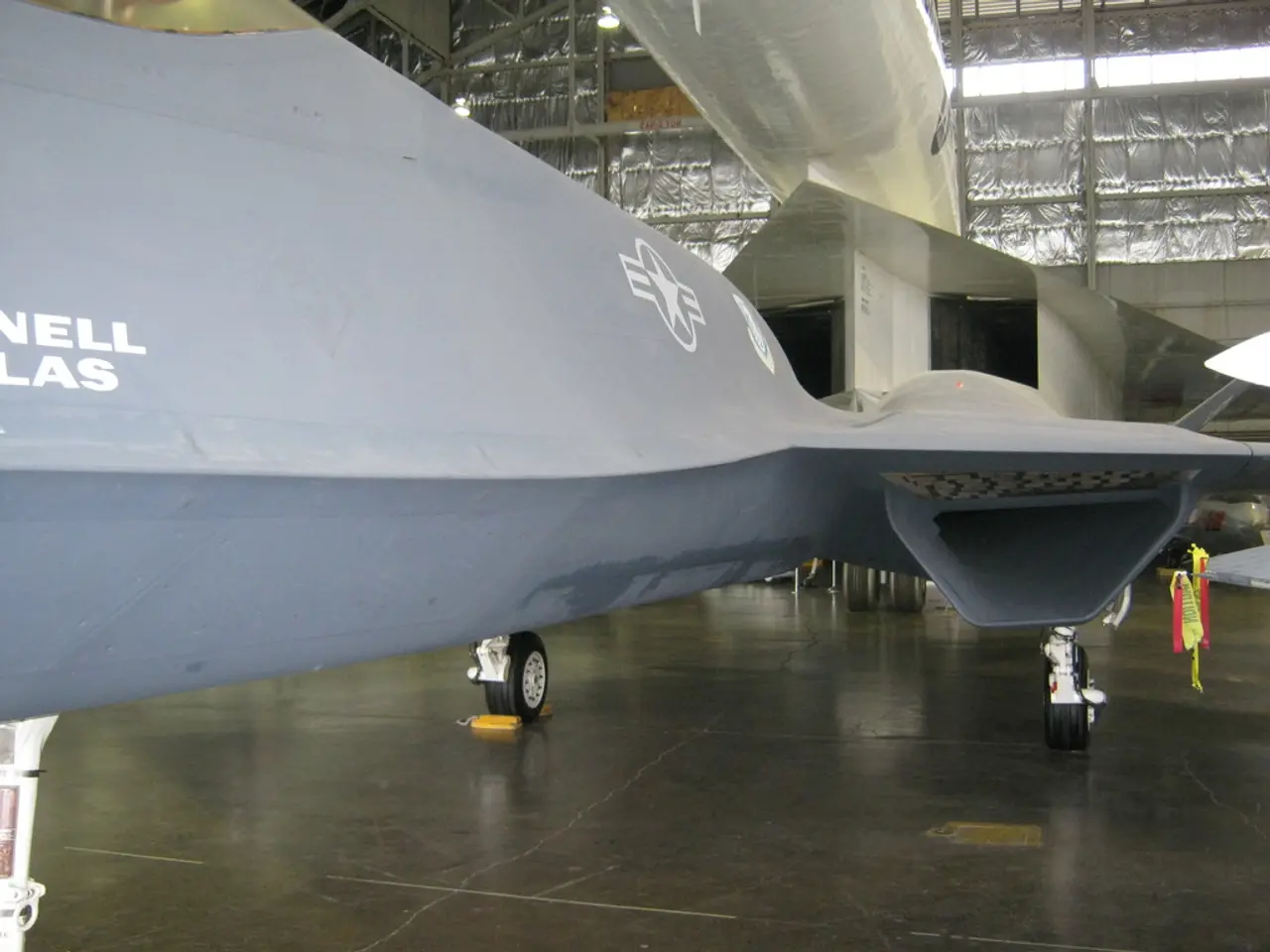Navy Suffers Second Multi-Million-Dollar Loss as another Fighter Jet Plunges into the Ocean
The United States Navy has experienced two separate losses of F/A-18 Super Hornet fighter jets in the Red Sea, with the most recent incident occurring in May 2025.
In the most recent loss, a Super Hornet attempting to land on the USS Harry S. Truman aircraft carrier slipped into the Red Sea after the tail hook failed to hook the wires designed to slow the jet down. Both the pilot and weapons systems officer ejected safely and were rescued by a helicopter, but the incident raised concerns about communication and safety protocols among ships and jets in the area [1][3].
The first loss took place last week, with a Super Hornet sliding off the USS Harry S. Truman's hangar deck during a towing operation. As in the most recent incident, both pilots ejected safely [3].
These losses are not the first for the Navy on the USS Harry S. Truman. In December 2024, an F/A-18 Super Hornet was accidentally shot down by friendly fire from the guided missile cruiser USS Gettysburg over the Red Sea. However, the pilots in that incident also managed to eject safely [1][3][4].
The Department of Government Efficiency has been under scrutiny for firing hundreds of Federal Aviation Administration employees, including air traffic control support, since President Trump took office. This has raised questions about the impact of these staff reductions on the safety of air operations [2].
The cause of the most recent incident is still under investigation, and the Navy is assessing safety protocols, possibly including safety stand-downs to improve risk management. The accumulation of these mishaps reflects the challenges in carrier operations and the complexity of flying and handling high-performance aircraft in demanding environments [1][3].
Each F/A-18 Super Hornet costs approximately $67 million, making the losses a significant financial burden for the Navy [1]. The Navy has seen an increase in such mishaps over the past year, with multiple losses and incidents linked to a range of issues including landing difficulties, handling errors, and, in one case, friendly fire [1][2][3].
These incidents come at a time when the Trump administration has been plagued by plane issues, including an army helicopter crash at Reagan airport that resulted in over sixty deaths [2]. Defense Secretary Pete Hegseth has extended the Truman's deployment twice now, despite the ongoing challenges [5].
References: [1] Washington Post, "U.S. Navy Loses Another F/A-18 Super Hornet in Red Sea," link [2] CNN, "Trump Administration Faces Scrutiny Over Plane Issues," link [3] NBC News, "Two F/A-18 Super Hornet Jets Lost by the US Navy in Red Sea Incidents," link [4] Defense News, "U.S. Navy F/A-18 Shot Down by USS Gettysburg," link [5] Associated Press, "Trump Administration Extends USS Harry S. Truman's Deployment," link
- Gizmodo reported on the tech community's interest in the future of aircraft technology, suggesting that advanced systems could prevent such incidents like the recent F/A-18 Super Hornet losses in the Red Sea.
- In a surprising twist, Gizmodo also delved into the sports world, discussing how the safety concerns following the Navy's losses might impact sponsorship deals with tech companies for sports teams, as these companies are major U.S. Navy contractors.






